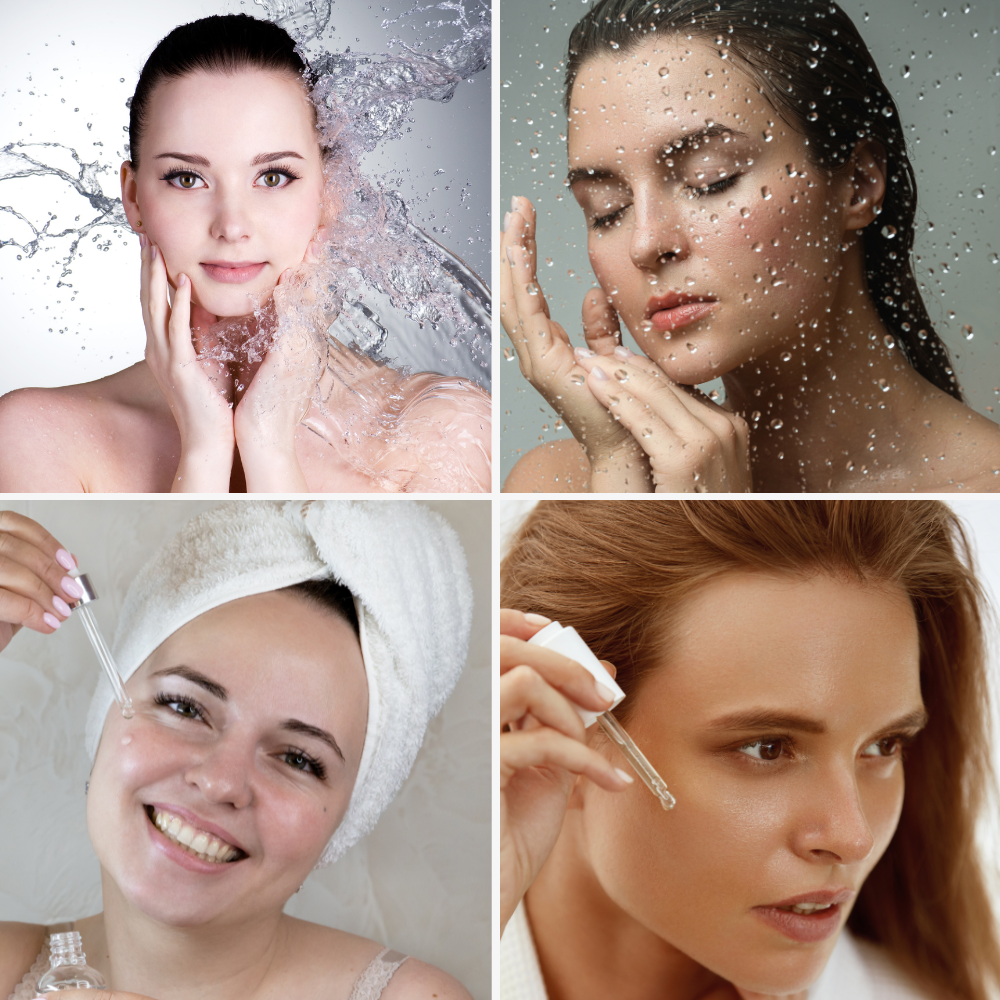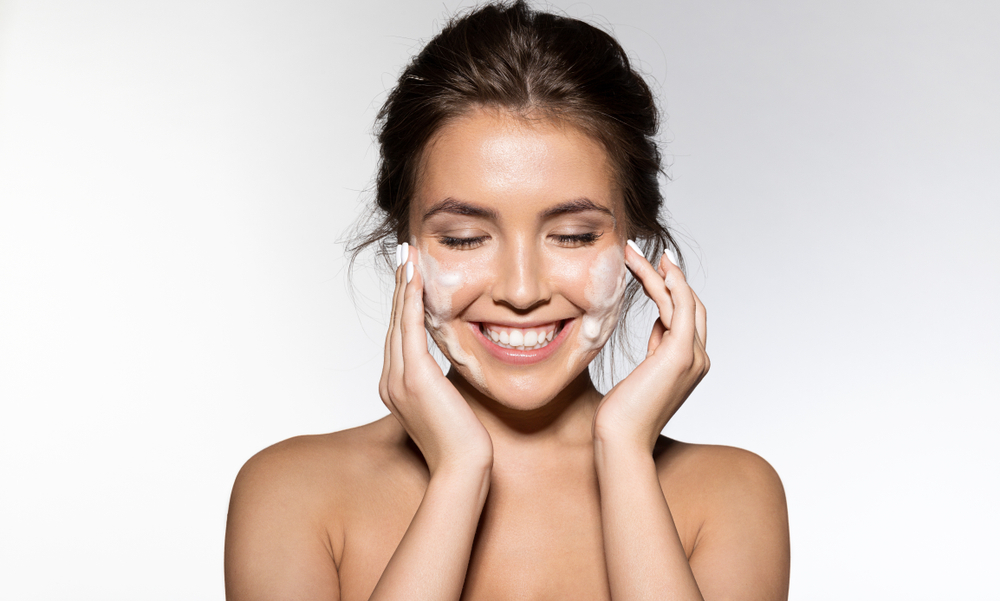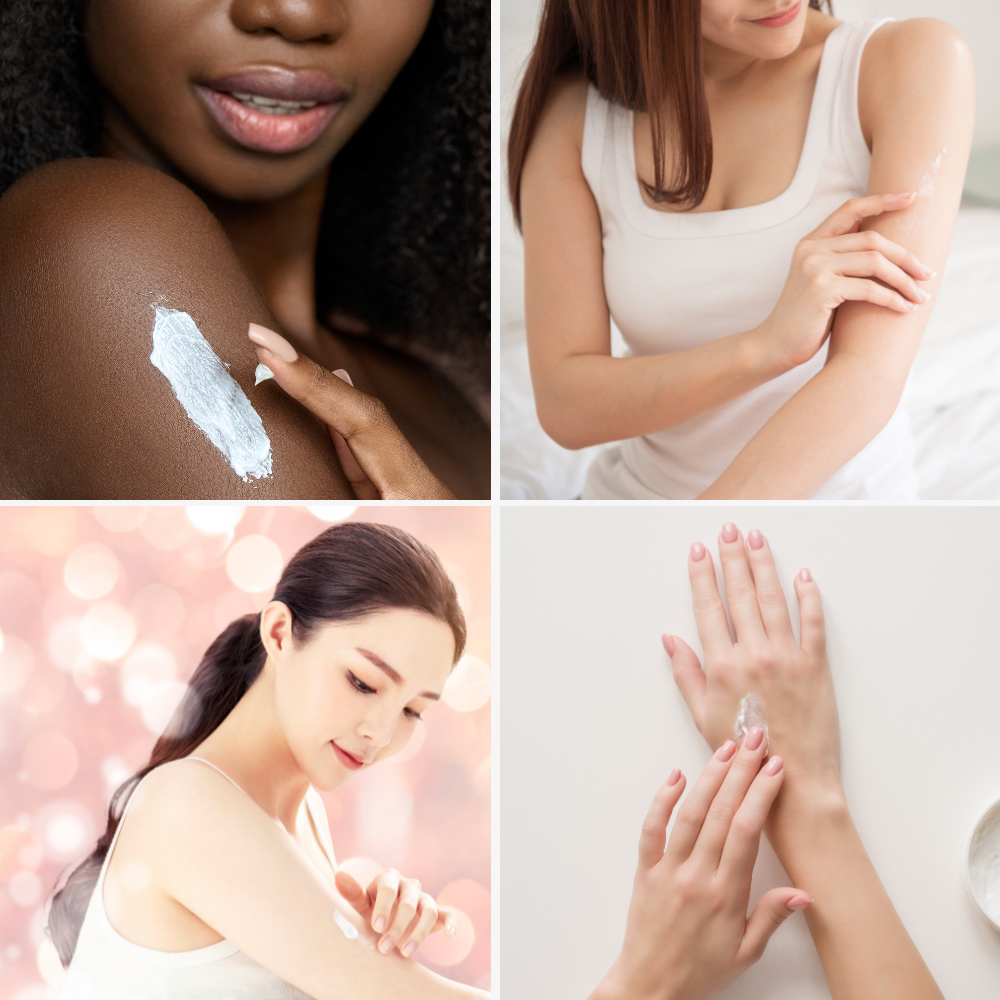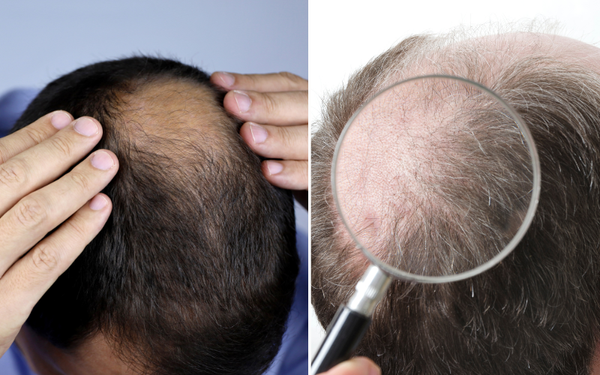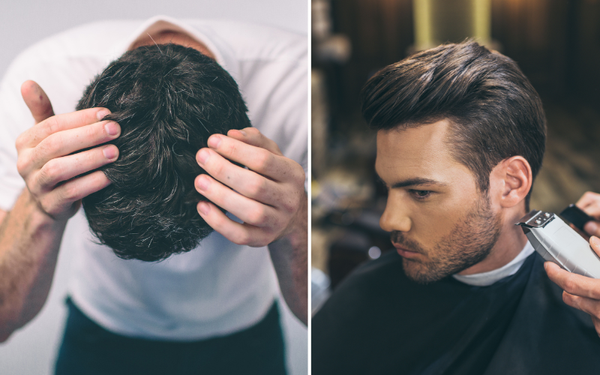If you’re looking to incorporate niacinamide into your skincare routine, you’ve made a great choice! Niacinamide is a versatile ingredient that has been hailed for its ability to improve the appearance of skin, reduce redness, slow down aging, and protect against environmental damage. However, it’s important to know that niacinamide can interact negatively with certain other skincare ingredients.
In this blog post, we’ll be discussing what not to mix with niacinamide, so you can ensure that your skincare routine is effective and safe.
Vitamin C
One of the most important things not to mix with niacinamide is vitamin C. The two ingredients can cancel each other out, rendering both less effective. This is because niacinamide can turn vitamin C into a form that is ineffective in the skin. If you want to use both ingredients, it’s best to use them in separate routines. You can use vitamin C in the morning and niacinamide at night, for example.
AHAs and BHAs
Alpha-hydroxy acids (AHAs) and beta-hydroxy acids (BHAs) are exfoliating agents that can be incredibly effective in treating acne, wrinkles, and hyperpigmentation. However, they can also be very harsh on the skin, especially when combined with niacinamide. AHAs and BHAs can lower the pH of the skin, making it difficult for niacinamide to do its job. It’s best to avoid using AHAs or BHAs in the same routine as niacinamide, or to use them on alternate days.
Retinol
Retinol is a powerhouse ingredient when it comes to fighting fine lines and wrinkles. However, it can also be irritating and drying to the skin. When combined with niacinamide, the two ingredients can cancel each other out, leaving you with less-than-stellar results. If you want to use both ingredients, it’s best to use them in separate routines. You can use retinol at night and niacinamide in the morning, for example.
Copper peptides
Copper peptides are a popular skincare ingredient that can help to boost collagen production and improve the appearance of fine lines and wrinkles. However, they can be counterproductive when mixed with niacinamide. Copper peptides can break down niacinamide, rendering it less effective. If you want to use both ingredients, it’s best to use them in separate routines.
Benzoyl peroxide
Benzoyl peroxide is a common acne-fighting ingredient that can be very effective. However, it can also be very drying and irritating to the skin. When combined with niacinamide, benzoyl peroxide can form a compound that can be even more irritating. It’s best to avoid using benzoyl peroxide in the same routine as niacinamide.
Conclusion:
In conclusion, niacinamide is a versatile and effective skincare ingredient that can improve the appearance of the skin in a number of ways. However, it’s important to be aware of what not to mix with niacinamide, in order to ensure that your skincare routine is effective and safe. Avoiding vitamin C, AHAs and BHAs, retinol, copper peptides, and benzoyl peroxide in the same routine as niacinamide can help you achieve the best results possible. As always, if you have any concerns about your skincare routine, consult a dermatologist or skincare professional for advice.
